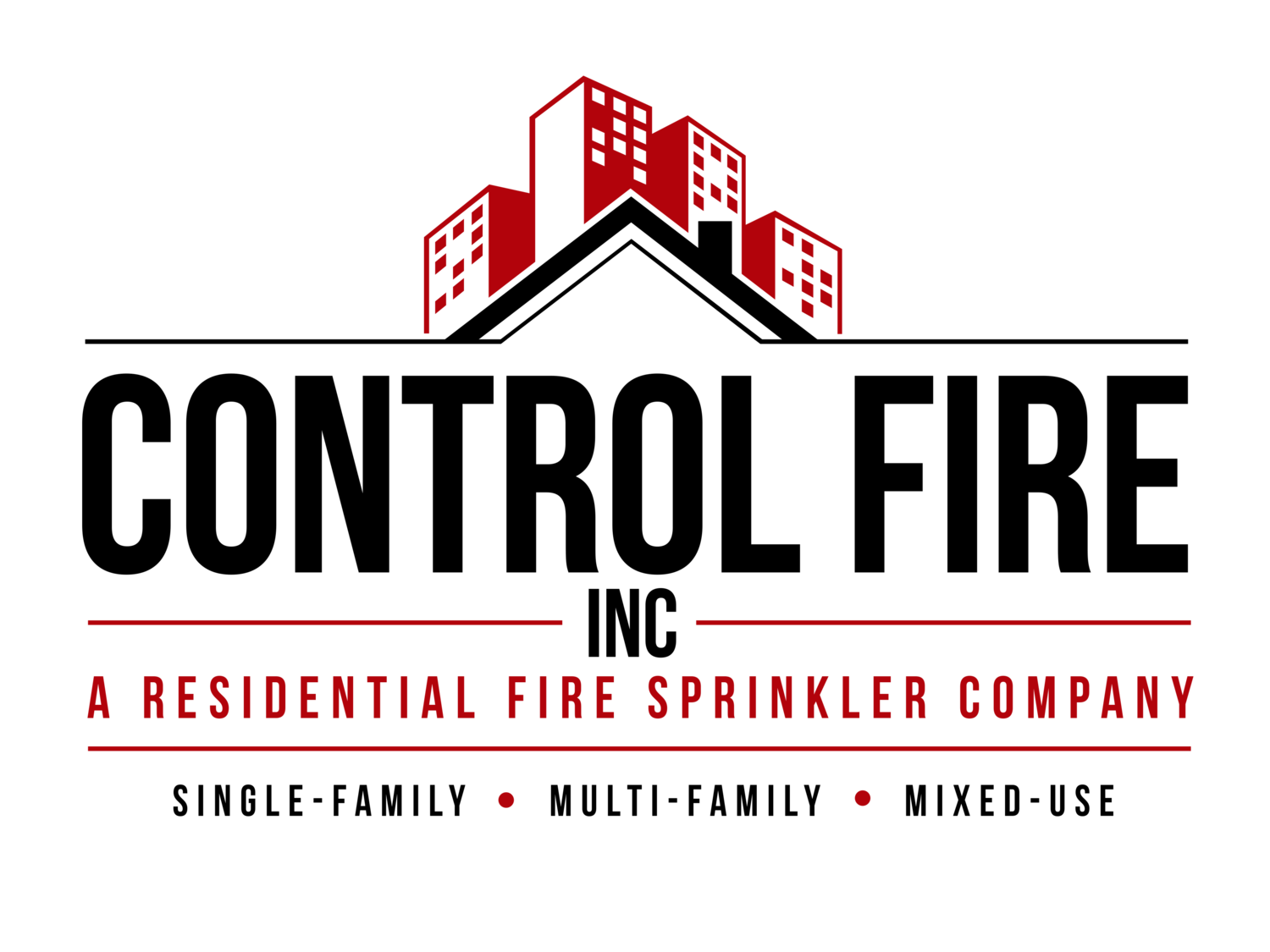Will smoke trigger activation of a sprinkler head?
No, only direct heat of at least 155 degrees will trigger the activation of a sprinkler head.
Will I have to look at big, ugly, brass-colored sprinklers like the ones in that old department store?
No, in almost all instances we can install a fully-recessed sprinkler head with a flat, white cover plate that sits flush to your ceiling. With the head behind the ceiling you’ll see just a small, circular, white trim plate in your ceilings. You can even custom-paint them if desired.
How do fire sprinklers work?
Fire sprinklers are connected to piping within your structure’s framing and filled with water, which is directly connected to your structure’s water supply. Sprinkler heads are strategically placed throughout the compartments of the structure. In case of a fire the heat rises to the level of the sprinkler head melting a filament that holds back a plug. When temperatures reach roughly 155 degrees the filament melts, releasing the plug, thereby allowing the water in the pipes to hit the deflector of the head spreading an even flow of water in a large radius over the fire.
How long have fire sprinklers been around?
The first fire sprinkler was invented by a piano manufacturer looking to protect his factory in 1874. Of course, since that time, many technological improvements have been made allowing for heads with a lower profile and less water usage. Residential fire protection really took off in the 1980’s. Today’s engineered heads are designed, UL listed, and tested to ensure operation while providing the most aesthetically pleasing look possible.
If one head goes off don’t they all go off?
No, unfortunately Hollywood has tainted the public perception of fire sprinklers. Sprinklers are all independent of one another and each must react to high temperatures in order to activate. So if only one head is needed to fight the fire only one will go off.
What if I have a flare up in the kitchen or burn a piece of toast; will the head activate?
No; In order for the head to activate, temperatures at the ceiling would have to be at least 155 degrees. The possibility of any accidental flare up allowing for that kind of heat at the ceiling is very, very, unlikely.
Won’t the water coming from the sprinkler system cause as much damage as the fire itself?
No, fire sprinklers expend an average of 13 gallons of water per minute and typically only one sprinkler is needed to fight a fire. Compare that to a fire fighter’s hose which throws between 125 and 250 Gallons per minute. That is approximately ten times more water hitting your structure than with the fire sprinkler and the fire department might be using multiple hoses. That is to say nothing about the smoke damage. The reality is that the damage caused by smoke, which travels freely throughout the entire structure, may cause at least as much damage as the fire itself and the water used to fight it combined. Therefore, the sooner the fire is out the better. Fire sprinklers don’t have to drive to your house from the closest fire station. They are already there for you.

